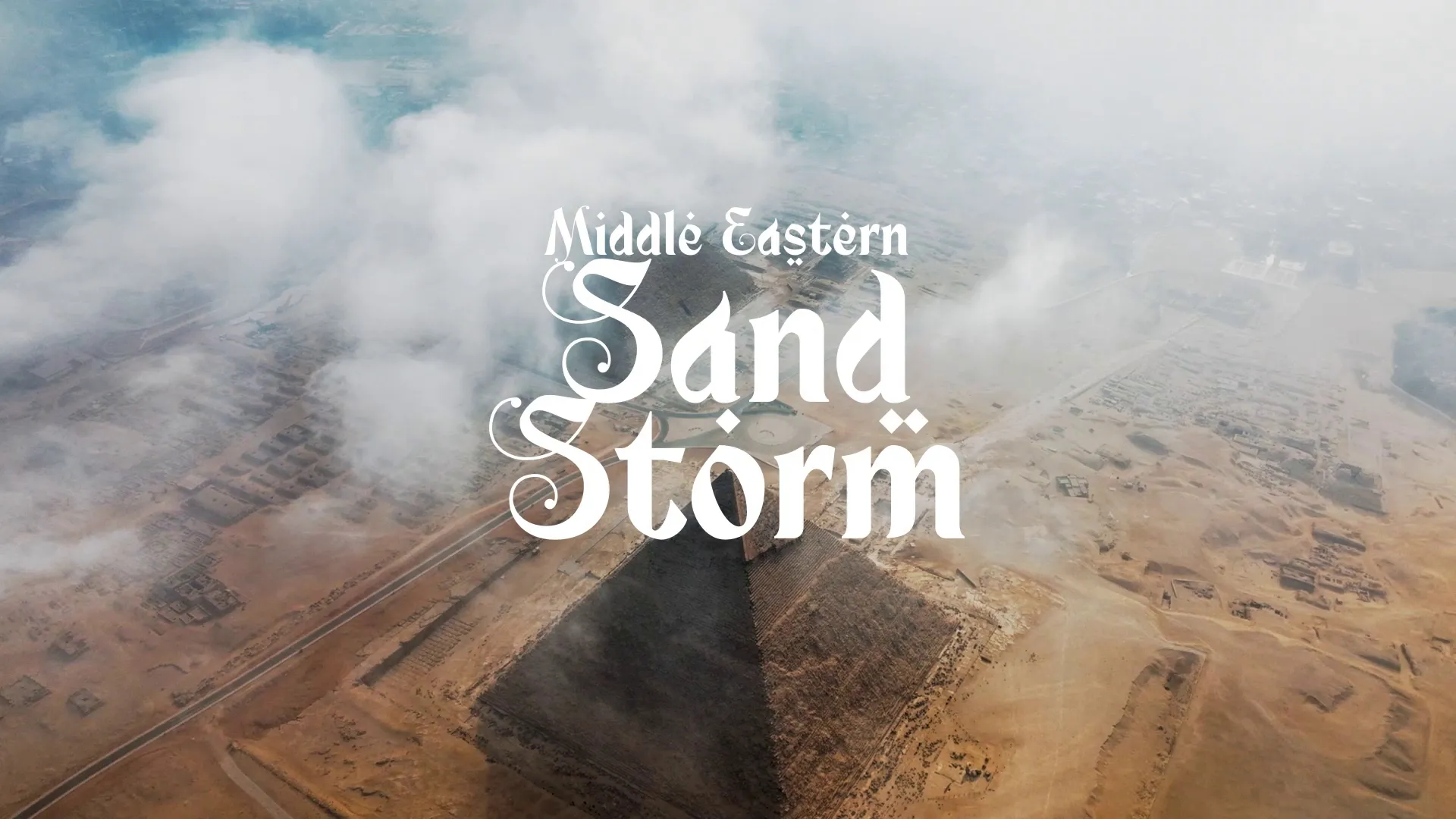Beyond F2P vs. Premium: Embracing a Spectrum of Game Monetization
It’s time for a gaming industry intervention. We’re stuck in a rut, endlessly debating “Free-to-Play” versus “Premium” as if those are the only two paths to financial success. This binary thinking is not only limiting but actively harmful, stifling creativity and preventing developers from reaching their full potential. It’s a self-imposed prison, and the key to unlocking true innovation lies in embracing a spectrum of monetization models.
The Tyranny of Two Choices: Why F2P vs. Premium is Failing Us
For too long, we’ve been told that games must be either entirely free, supported by microtransactions and other revenue streams, or sold upfront with a fixed price tag. This false dichotomy ignores the vast and nuanced landscape of player preferences and game design possibilities. It’s an oversimplification that actively hurts the industry.
It’s like forcing every restaurant to be either a fast-food joint or a five-star Michelin experience. Where’s the room for the cozy bistro, the lively food truck, or the experimental pop-up? The gaming world deserves the same diverse culinary ecosystem, allowing developers to serve up experiences tailored to their vision and audience.
The Allure (and Illusion) of Free-to-Play
Free-to-Play (F2P) games rose to prominence promising accessibility and massive player bases. The core idea is simple: remove the initial barrier to entry and entice players to spend money later through in-game purchases. This sounds great in theory.
The reality, however, is often a brutal grind, pay-to-win mechanics, and predatory monetization practices. Think about those mobile games that constantly bombard you with notifications and tempt you with “exclusive” offers. It’s less about fun and more about psychological manipulation.
- The Dark Side: F2P can easily devolve into a cynical cash grab, alienating players and damaging the game’s reputation. This ultimately hurts the game’s long-term viability.
- The Whale Hunt: Many F2P games rely on a small percentage of “whale” players to generate the bulk of their revenue. This creates an uneven playing field and encourages developers to cater to the wealthiest players, rather than the entire community.
- The Grind is Real: To incentivize spending, many F2P games artificially inflate the difficulty or lengthen the progression curve, leading to a frustrating and unrewarding experience. This pushes players away rather than encouraging engagement.
Consider the infamous case of Star Wars Battlefront II (2017). The game launched with loot boxes that directly impacted gameplay, allowing players who spent more money to gain a significant advantage. The outcry was so intense that EA was forced to overhaul the monetization system, highlighting the inherent risks of aggressive F2P tactics. This was a pivotal moment, demonstrating the power of player backlash.
The “Premium” Prison: A Shrinking Kingdom?
On the other side of the spectrum, we have “Premium” games, sold at a fixed price with the expectation of a complete and satisfying experience. While this model avoids the predatory pitfalls of F2P, it faces its own set of challenges. The model isn’t without its flaws.
The upfront cost can be a significant barrier for many players, especially in developing markets. The high price also raises expectations, putting immense pressure on developers to deliver a flawless and content-rich product from day one. This is a high-stakes gamble.
- The Price Tag Problem: In an era of subscription services and free-to-play alternatives, convincing players to pay a premium price for a single game can be difficult. Gamers have more options than ever before.
- The DLC Dilemma: Even with a premium price tag, many games rely on downloadable content (DLC) to extend their lifespan and generate additional revenue. This can lead to fragmented experiences and accusations of “content-gating.”
- The Innovation Stranglehold: The pressure to deliver a safe and marketable product can stifle innovation and discourage developers from taking risks. Originality often takes a backseat to profitability.
Look at the struggles of many AAA studios. They are increasingly risk-averse, opting for sequels and established franchises over original ideas. The fear of financial failure looms large, pushing them towards formulaic gameplay and predictable narratives. This results in a stagnant gaming landscape.
The Monetization Spectrum: A Rainbow of Possibilities
The solution is not to abandon F2P or Premium entirely, but to recognize that they are just two points on a vast spectrum of monetization models. It’s time to embrace creativity and experimentation, exploring options that are fair, engaging, and sustainable. We need to think outside the box.
Here are some examples of alternative models that deserve more attention:
- Subscription Services: Games like World of Warcraft have proven that a subscription model can work, providing a steady stream of revenue and incentivizing developers to continuously update and improve the game. This creates a long-term relationship with players.
- Cosmetic-Only Microtransactions: Fortnite is a prime example of a game that generates massive revenue through cosmetic items that don’t affect gameplay. This allows players to express themselves and support the game without feeling like they’re being forced to pay to win.
- Season Passes: These offer a bundle of content, like new characters, maps, or story expansions, for a fixed price. They can be a great way to keep players engaged and provide a sense of value.
- Hybrid Models: Combining elements of different monetization strategies can create a unique and tailored experience. For example, a game could be free-to-play with optional cosmetic purchases and a premium subscription for access to exclusive content.
- NFTs (with Caution): While controversial, Non-Fungible Tokens offer a potential way to reward players for their contributions and create truly unique in-game assets. However, this model must be implemented with extreme care to avoid exploitative practices and environmental concerns.
Case Study: Path of Exile - A Masterclass in Ethical F2P
Path of Exile is an Action RPG that has successfully implemented a free-to-play model without resorting to predatory tactics. The game is entirely free to play, with no pay-to-win elements whatsoever. This sets a high standard.
Players can purchase cosmetic items, stash tabs (for storing loot), and other quality-of-life improvements, but none of these purchases affect gameplay balance. The developers are transparent about their monetization strategy and actively listen to community feedback. Path of Exile proves that it’s possible to create a successful F2P game that respects its players.
Create a free account, or log in.
Gain access to free articles, game development tools, and game assets.
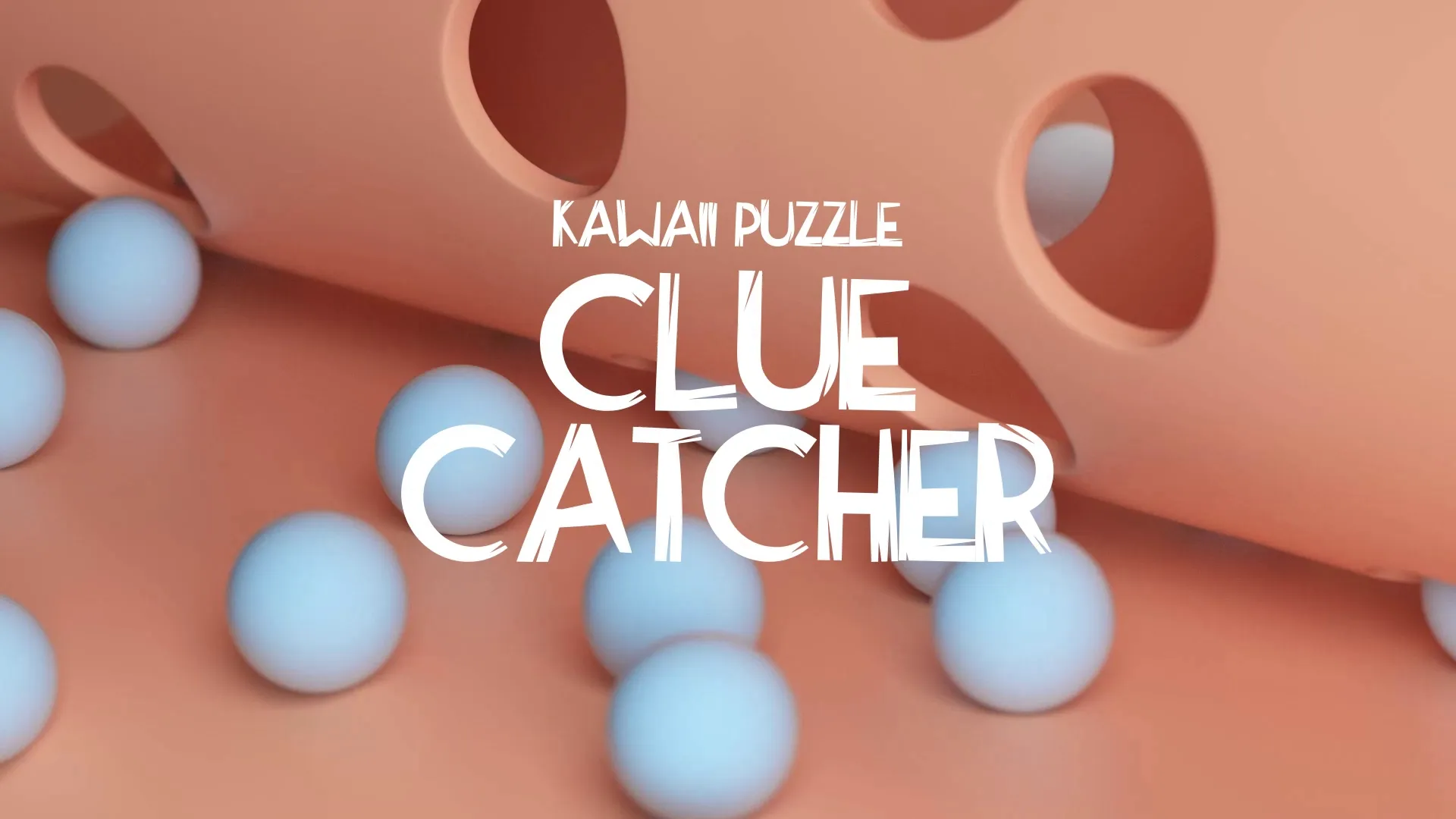
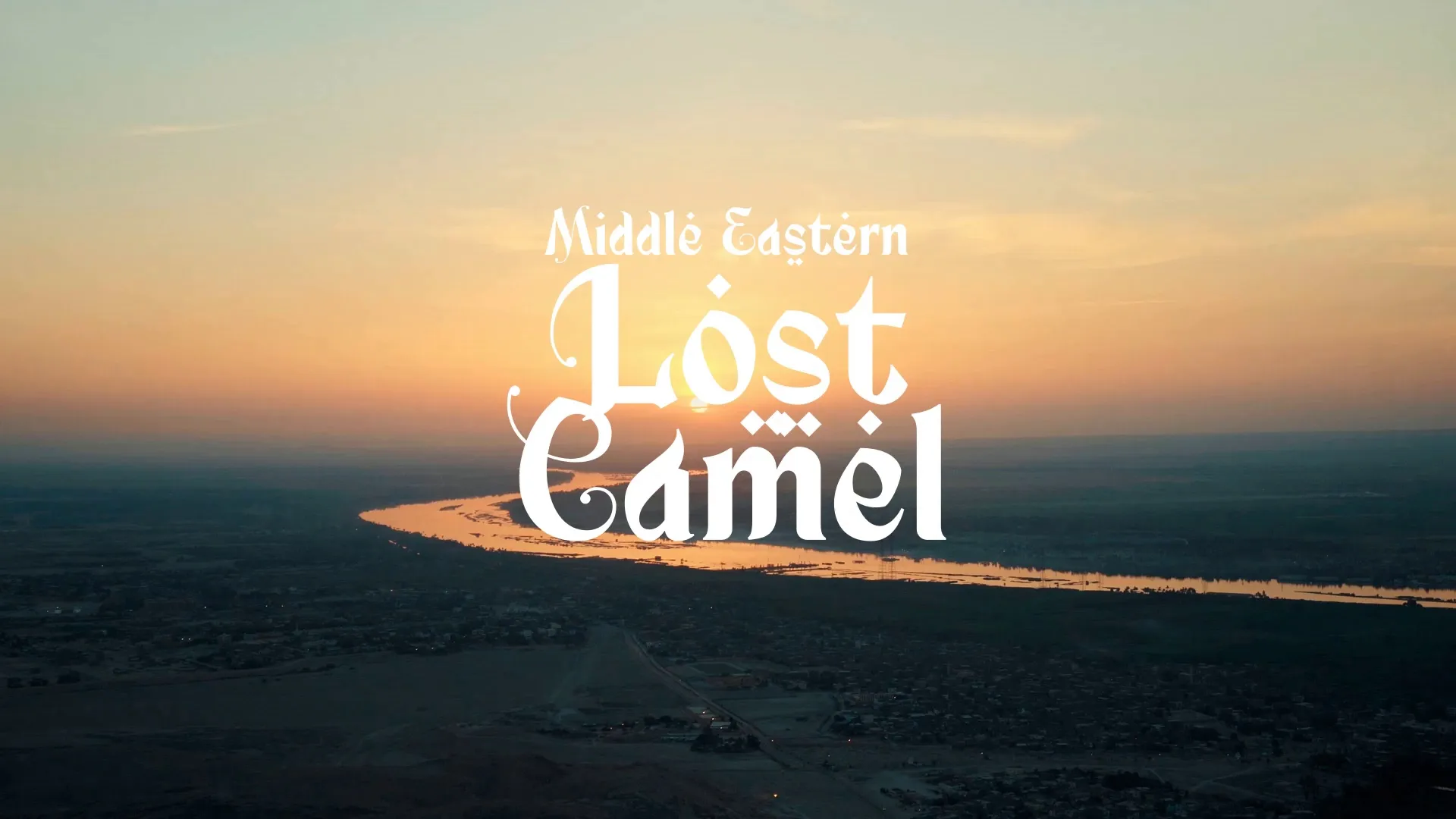

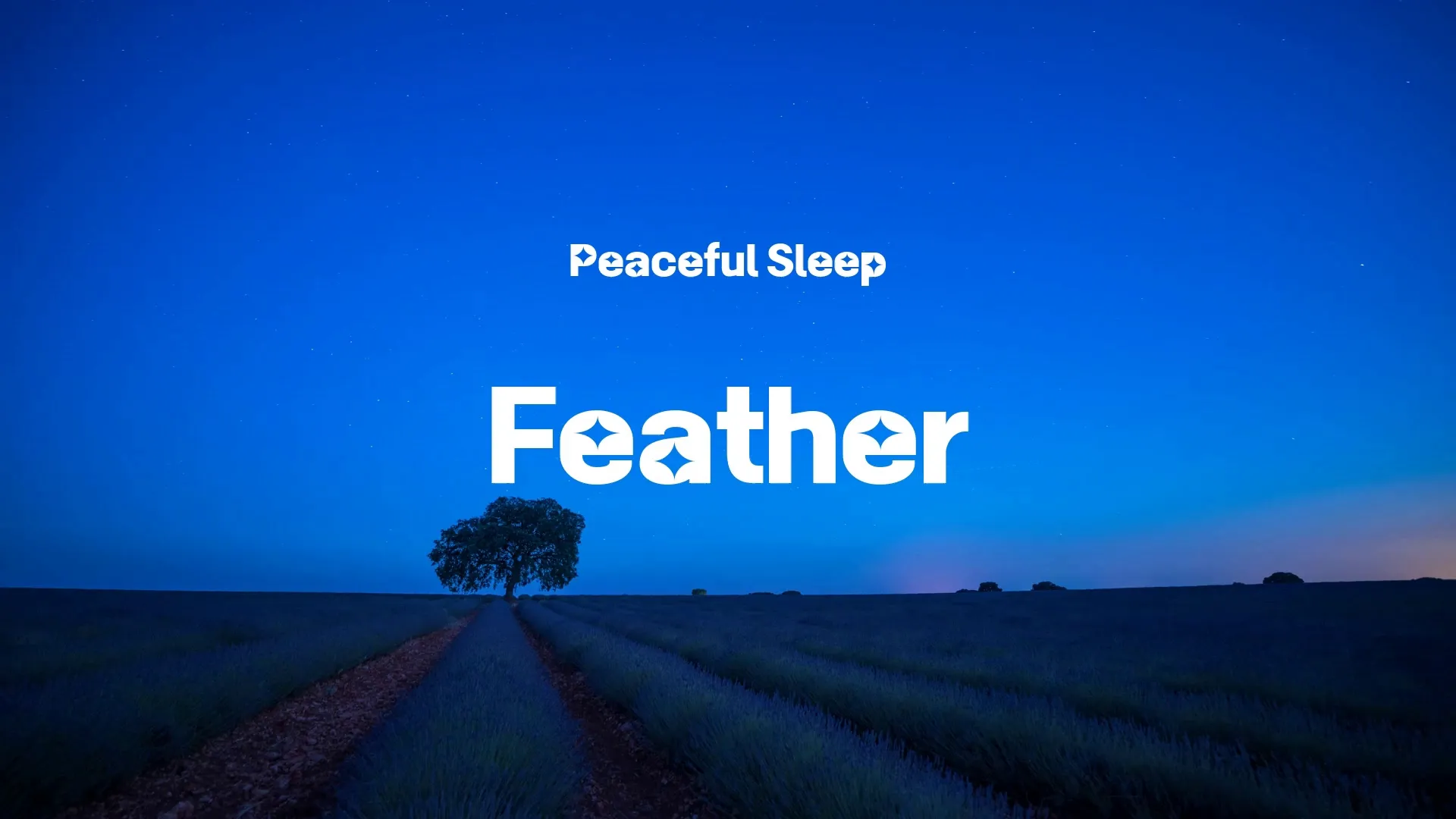


.webp)
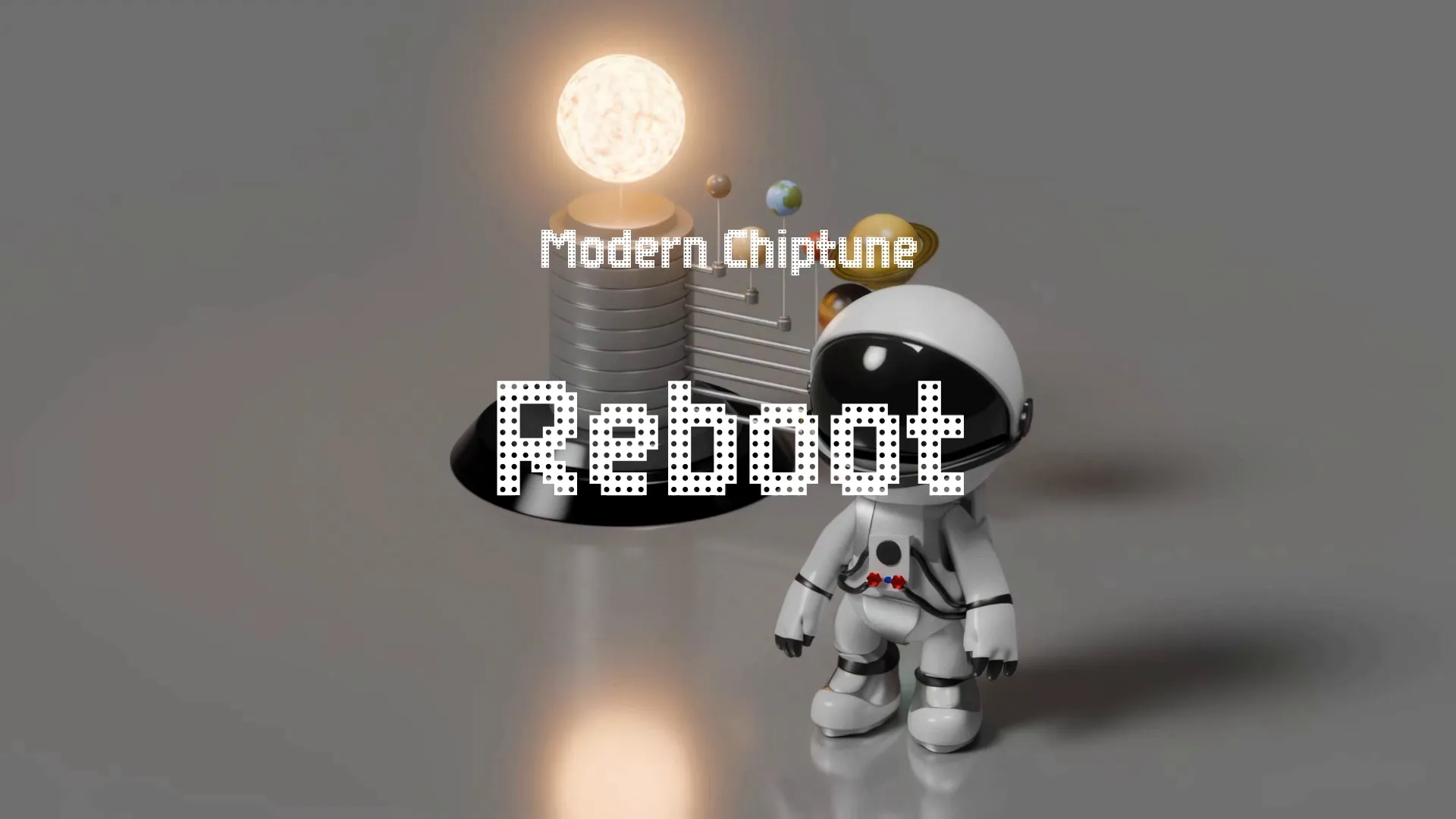


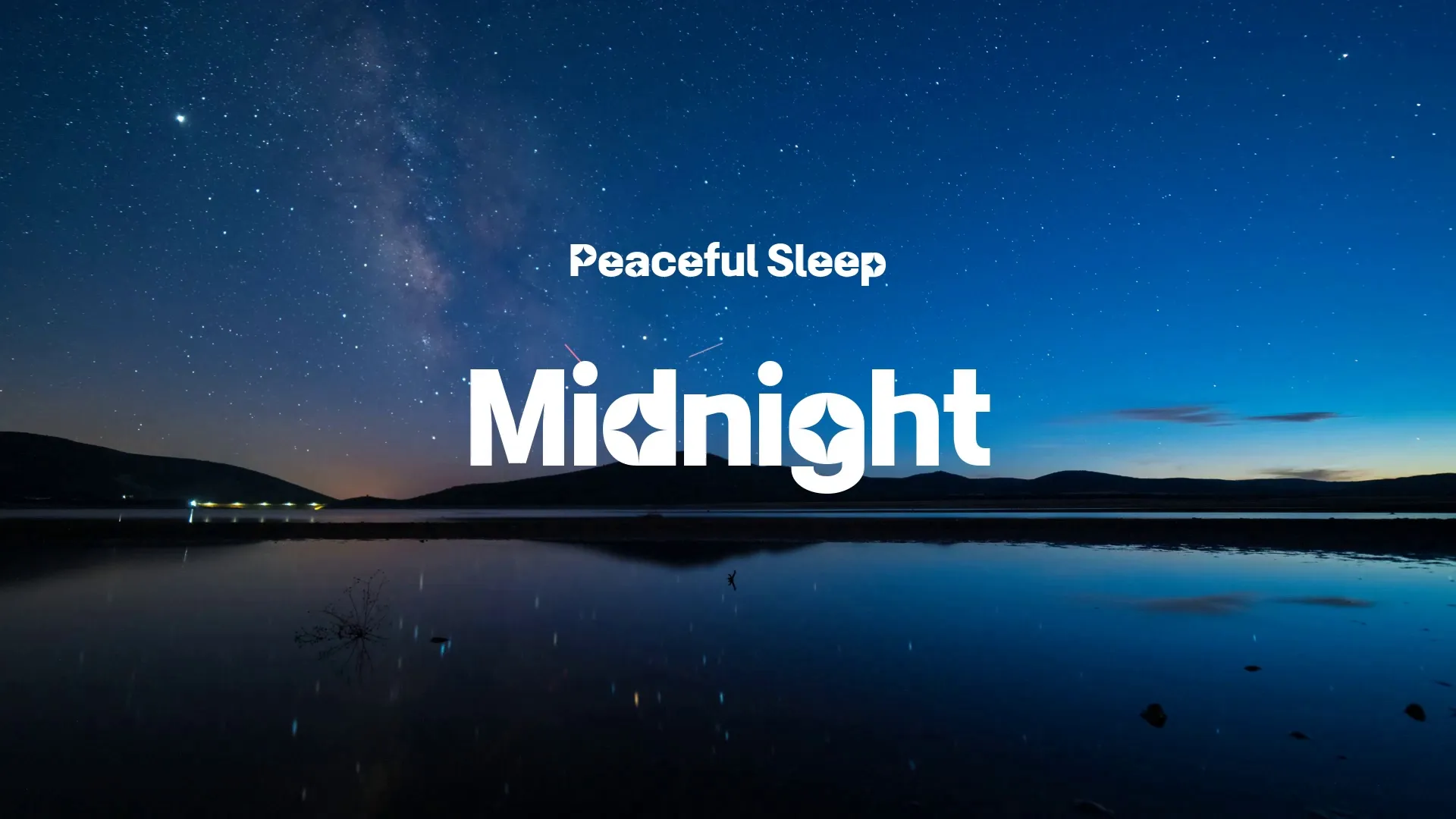






.webp)


